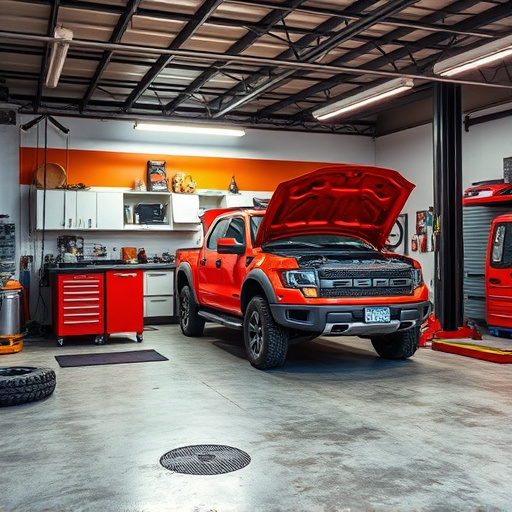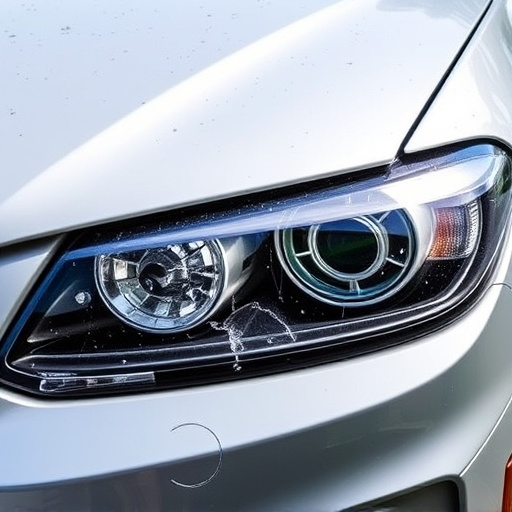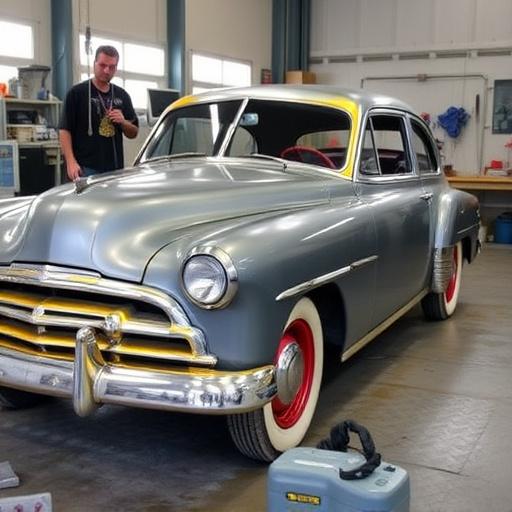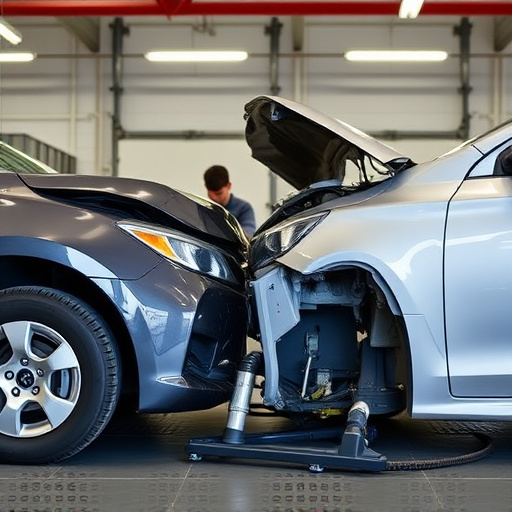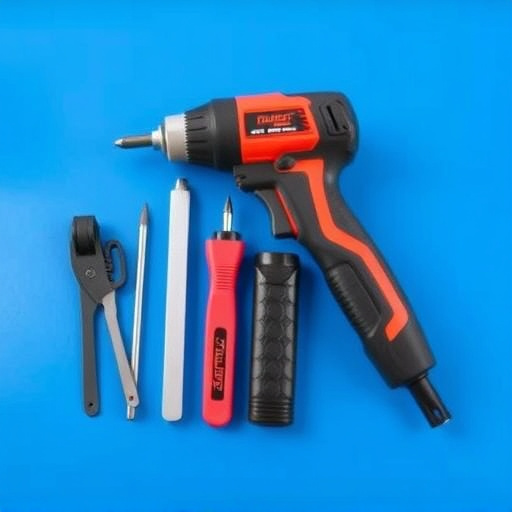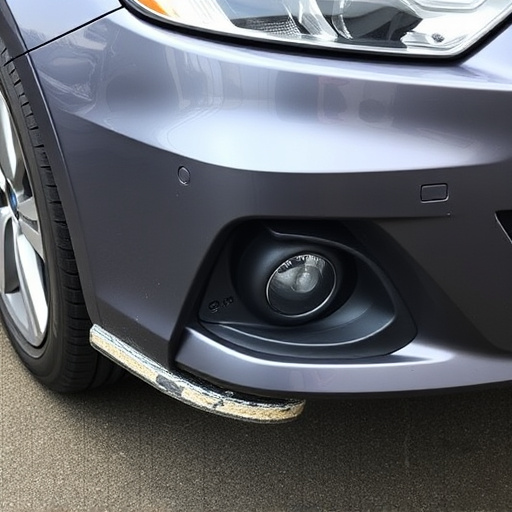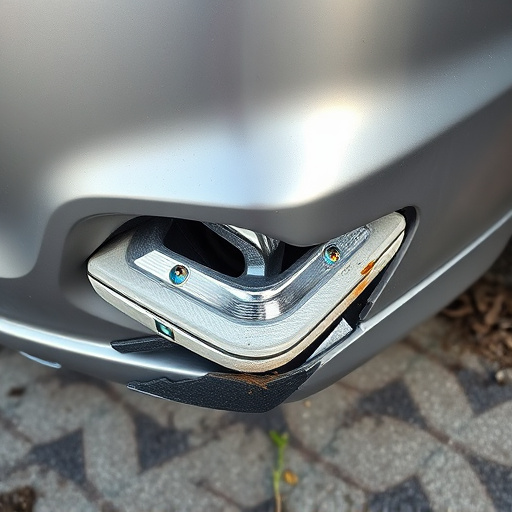Hail damage can cause significant vehicle aesthetic and safety issues, but comprehensive insurance plans often cover repairs. Insurance companies assess damage, offering paintless dent repair for minor dents or replacement parts from auto body shops for severe cases. Drivers should gather evidence, contact insurers, and choose the right repair method – DIY kits for small imperfections or professional PDR/traditional body shop services for extensive damage – to ensure a smoother process and maintain vehicle exterior quality.
Hail damage dent repair can be a significant concern for vehicle owners, but understanding what’s covered by insurance can make all the difference. This comprehensive guide breaks down everything you need to know about navigating hail damage repairs. We’ll explore what constitutes covered damage, walk you through the insurance claims process, and provide insights into choosing the best repair method for your needs. By the end, you’ll be equipped with the knowledge to confidently address those pesky hail dents.
- Understanding Hail Damage: What's Covered?
- Insurance Claims Process for Dent Repairs
- Choosing the Right Repair Method: Options Explained
Understanding Hail Damage: What's Covered?
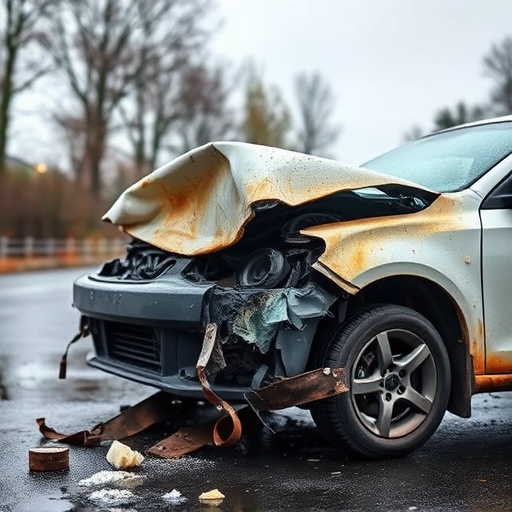
Hail damage can leave noticeable dents and dings on vehicles, causing both aesthetic issues and potential safety concerns. Understanding what’s covered by insurance when it comes to hail damage dent repair is crucial for car owners. In many cases, comprehensive insurance plans include coverage for these types of incidents, as they are considered acts of nature or weather-related events. This means that if your vehicle suffers from hailstorms, your insurance provider might step in to help with the repairs.
When it comes to specific car repair services, such as fender repair and bodywork, insurance companies typically assess the extent of the damage before deciding on the course of action. Minor dents can sometimes be fixed with paintless dent repair techniques, while more severe cases may require replacement parts and skilled craftsmanship from professional auto body shops. Knowing what your policy covers and engaging with reputable car repair services will ensure a smoother process during hail damage dent repair.
Insurance Claims Process for Dent Repairs
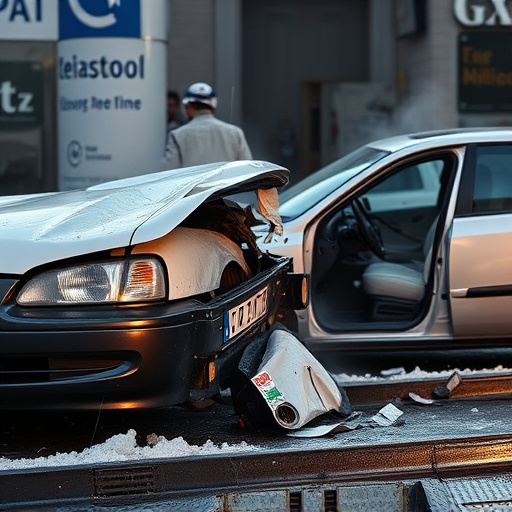
When a car suffers from hail damage dent repair, the insurance claims process can seem daunting, but it doesn’t have to be. First, drivers should gather all necessary information and documentation related to the incident, including photos of the dents and any estimates for repairs from trusted collision repair shops. Next, they should contact their insurance provider to report the claim, providing them with details about the damage and any available evidence. The insurer will then assess the claim, determine coverage based on the policy terms, and approve or deny the request.
If the claim is approved, the insurance company will coordinate with the driver and a chosen collision repair shop, usually a Mercedes Benz repair specialist, to arrange for the dent repairs to be made. The shop will inspect the car, make the necessary repairs, and ensure that all work meets high-quality standards. Once complete, the shop submits the final bill to the insurance company for reimbursement, streamlining the entire process for the driver’s convenience.
Choosing the Right Repair Method: Options Explained

When it comes to hail damage dent repair, choosing the right method is crucial for both aesthetics and long-term protection. The options available today range from simple DIY kits to professional services utilizing advanced technology. For minor dents and scratches, car dent repair kits offer a cost-effective solution. These kits typically include a buffer, filler, and paint, allowing you to fix small dings and scratches on your vehicle’s exterior.
For more extensive hail damage or complex shapes, it’s best to opt for professional vehicle collision repair services. They employ specialized tools like PDR (Paintless Dent Repair) techniques, which gently push out dents without damaging the original paint job. Alternatively, traditional body shop repairs involve sanding, priming, and repainting, suitable for more severe cases where PDR isn’t an option. Choosing the right method ensures not only a flawless finish but also the longevity of your car’s exterior.
Hail damage dent repair doesn’t have to be a stressful process. Understanding what’s covered by insurance and familiarizing yourself with the claims process and repair methods can help you navigate this issue smoothly. By choosing the right approach, whether it’s painting over dents or using advanced restoration techniques, you can restore your vehicle to its pre-hail condition and ensure peace of mind.
